The first direct observation of light from behind a supermassive black hole confirms a prediction in Einstein’s theory of general relativity.
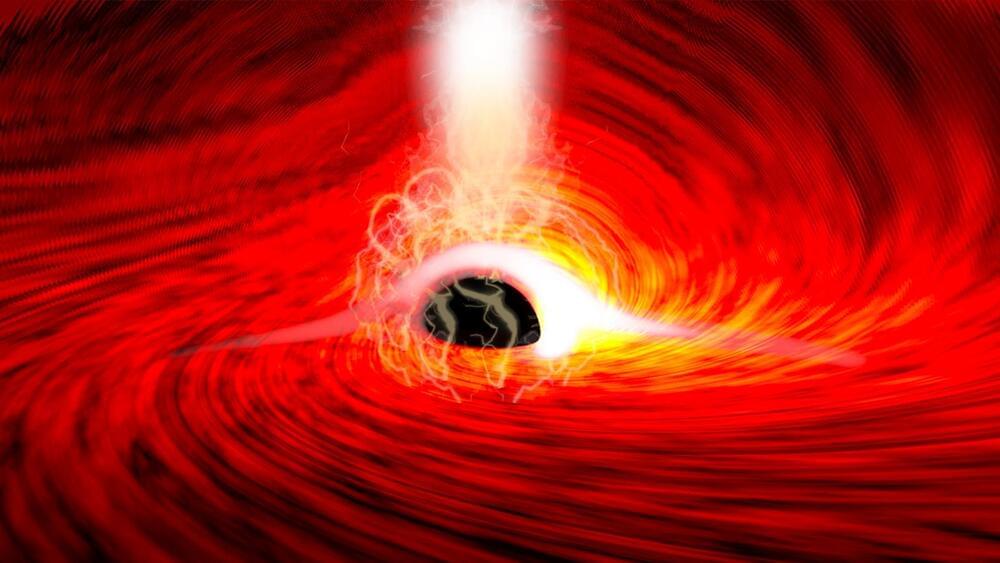

This is the first direct detection of pre-supernova activity in a red supergiant star.
#space #Thecosmicstudio #supernova
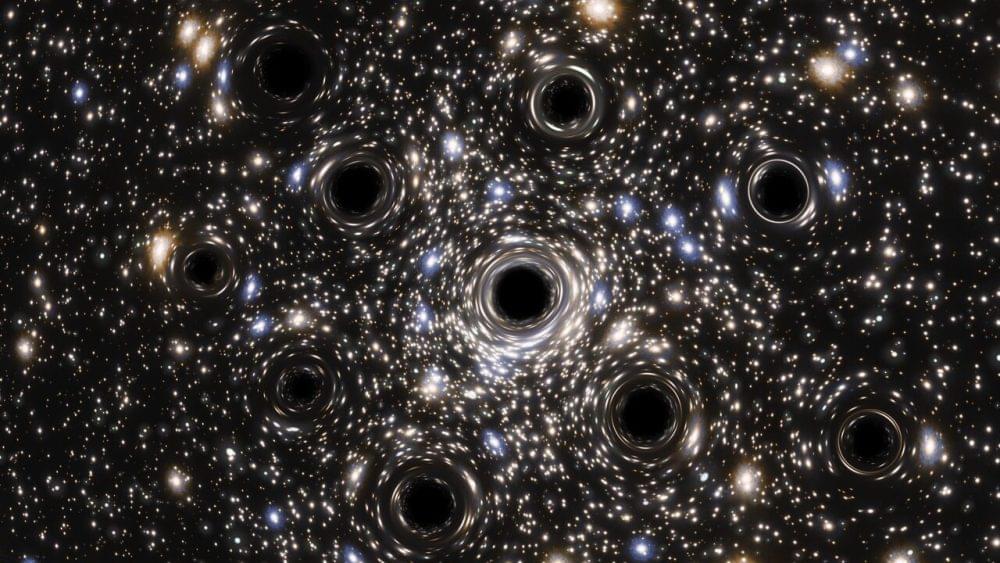

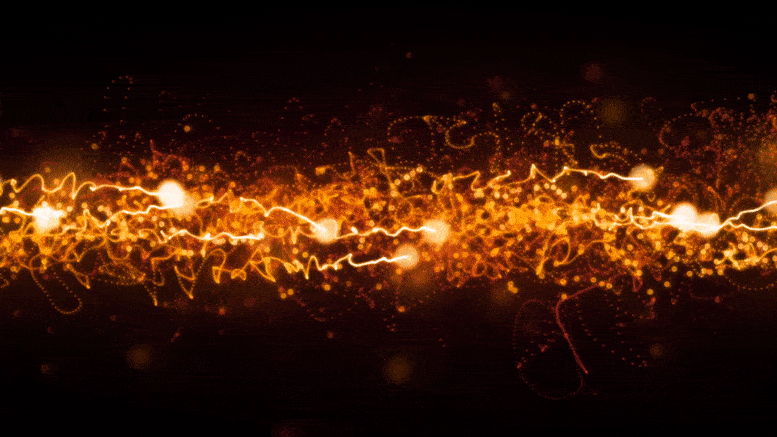
A new discovery could help scientists to understand “strange metals,” a class of materials that are related to high-temperature superconductors and share fundamental quantum attributes with black holes.
Scientists understand quite well how temperature affects electrical conductance in most everyday metals like copper or silver. But in recent years, researchers have turned their attention to a class of materials that do not seem to follow the traditional electrical rules. Understanding these so-called “strange metals” could provide fundamental insights into the quantum world, and potentially help scientists understand strange phenomena like high-temperature superconductivity.
Now, a research team co-led by a Brown University physicist has added a new discovery to the strange metal mix. In research published in the journal Nature, the team found strange metal behavior in a material in which electrical charge is carried not by electrons, but by more “wave-like” entities called Cooper pairs.
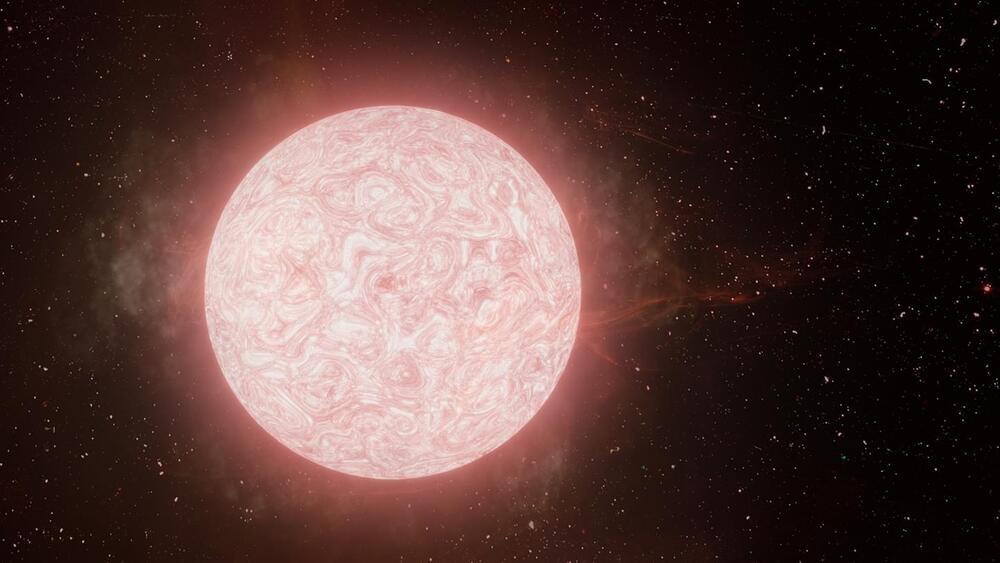

Sagittarius A* keeps flashing randomly on a daily basis. Astronomers mapped 15 years of radiation bursts to try to figure out why.
The supermassive black hole at the center of the Milky Way, Sagittarius A*, keeps releasing random bursts of radiation on a daily basis and no one can figure out what is causing it. Now, an international team of researchers compiled 15 years of data to try and solve the mystery.
The team, led by a postgraduate student named Alexis Andrés, mapped a decade and a half’s worth of gamma-ray bursts from Sagittarius A* using NASA’s Neil Gehrels Swift Observatory.
These bursts ranged from tens to hundreds of times brighter than the normal signals sent out by the supermassive black hole at the heart of our galaxy, but they don’t appear to follow a discernable pattern.
The data from 2006 to 2008 show high levels of gamma-ray activity, followed by a rapid four-year-long drop, after which activity shot back up, starting in 2012.
Full Story:
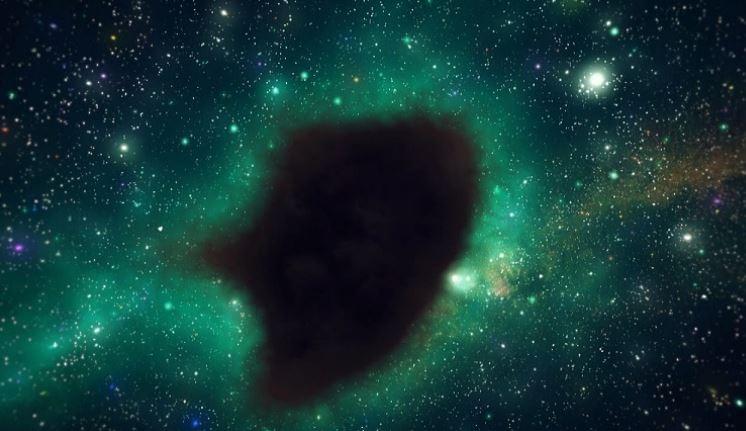
Supernovae and black holes, although they surprise scientists, are gradually being studied and recorded. Scientists are much more concerned with strange places in the Universe, which are difficult to explain by the laws of physics and nature we know. The Bootes Void is one such place. It is not considered to be emptiness by chance – there is absolutely nothing in it. Astronomers for a long time could not believe their own eyes, because in a colossal area of 300 million light years there was not a single galaxy or star. Solid blackness extends over unimaginable distances. Like anomalien.com on Facebook…

Circa 2020
We discuss the possibility to predict the QCD axion mass in the context of grand unified theories. We investigate the implementation of the DFSZ mechanism in the context of renormalizable SU theories. In the simplest theory, the axion mass can be predicted with good precision in the range ma = (2–16) neV, and there is a strong correlation between the predictions for the axion mass and proton decay rates. In this context, we predict an upper bound for the proton decay channels with antineutrinos, τ p → K + ν ¯ ≲ 4 × 10 37 $$ \tau \left(p\to {K}^{+}\overline{
u}\right)\lesssim 4\times {10}^{37} $$ yr and τ p → π + ν ¯ ≲ 2 × 10 36 $$ \tau \left(p\to {\pi}^{+}\overline{
u}\right)\lesssim 2\times {10}^{36} $$ yr. This theory can be considered as the minimal realistic grand unified theory with the DFSZ mechanism and it can be fully tested by proton decay and axion experiments.
And the “Local Bubble” continues to grow in size.
14 million years ago a series of supernovae exploded pushing gas outwards and making a bubble that had conditions ideal for the formation of new young stars that we see around us. These are the findings from researchers at the Center for Astrophysics (CfA) Harvard and Smithsonian, an institutional press release said.
The origin of the universe and its many many stars keeps amazing us. While there are many theories surrounding the formation of our universe, science demands proof and that is why we send out space telescopes to peer far out in space and way back in time to understand how we got here. The most recent addition is the James Webb Space Telescope, which is just a few months away from sending us its first-ever image.
Full Story:
In our search for the origins of our universe, we might also find where we came from. Was it by chance, design, or just a Local Bubble?